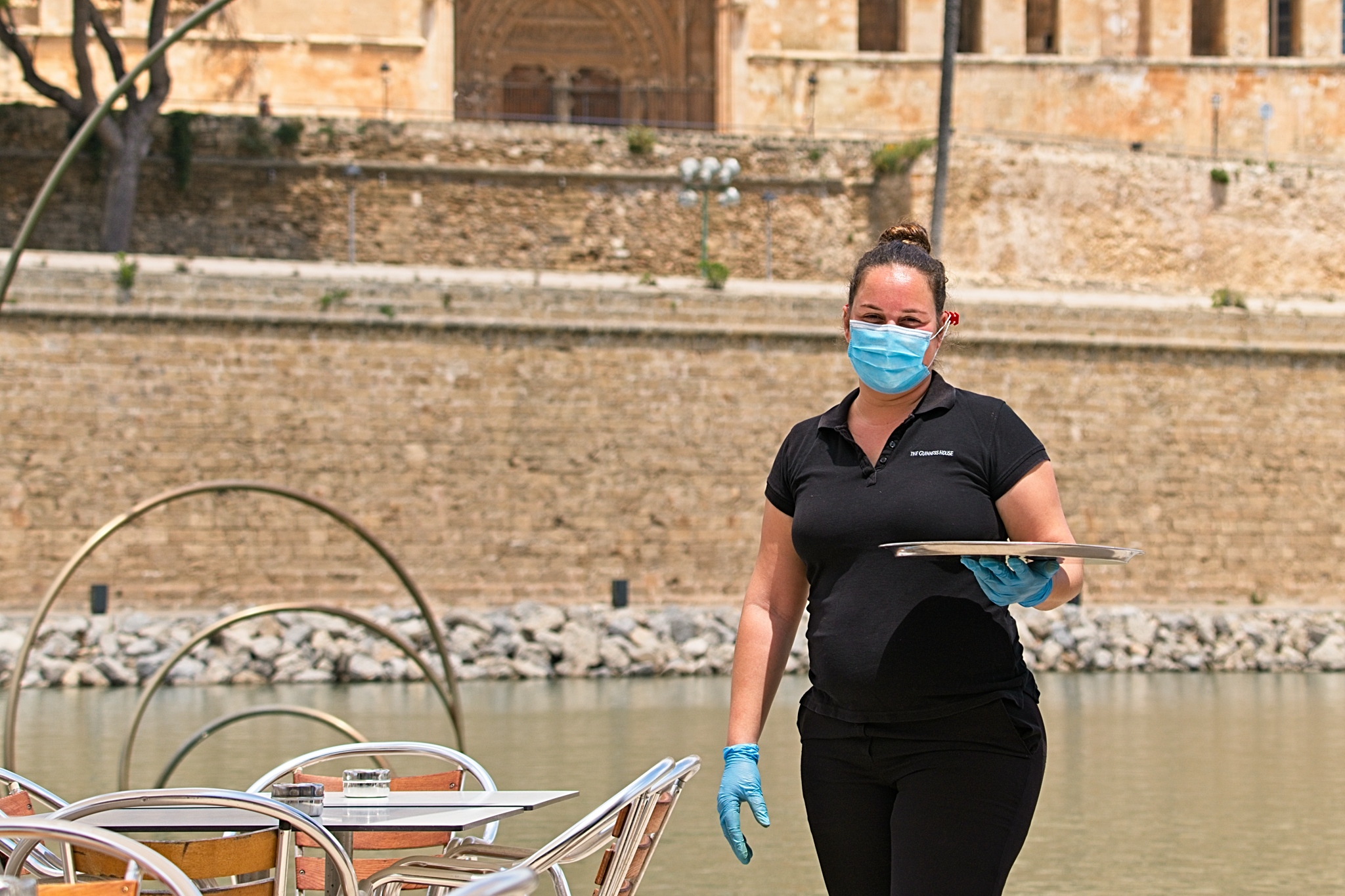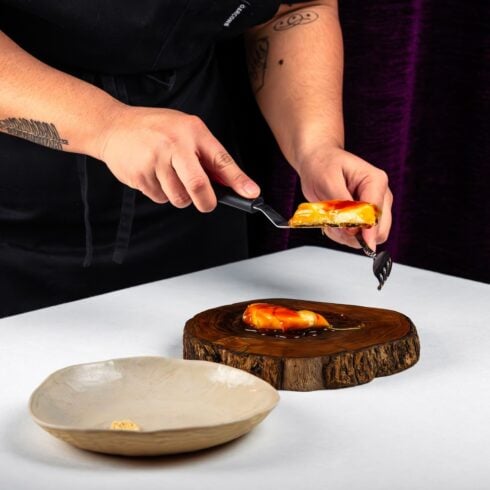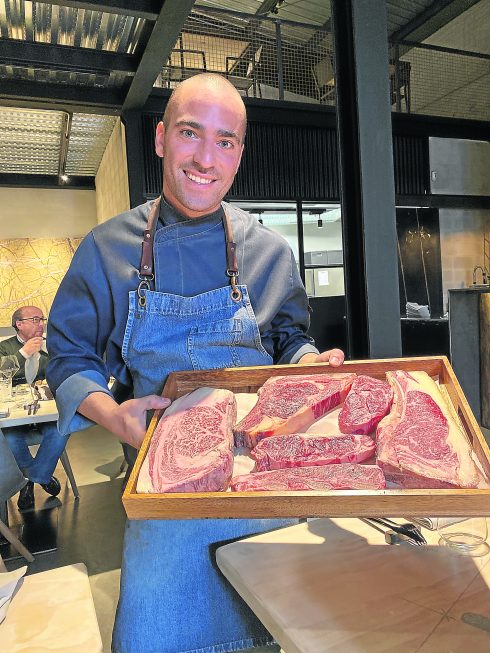GAMBAS pil pil, crusty bread, beer, ensalada de pulpo, real cafe con leche, chips, alioli, tomato salad, jamon, olives – the list of local delicacies my palate has been pining for goes on.
The prospect of eating out again in cafes and restaurants has dominated my existence in recent weeks.
Yes I can easily have a coffee or a nice salad at home, but it’s just not the same is it?
Phase 1 has now arrived and Malaga’s terraces are once again flung open for business – albeit at 50% capacity, with social distancing in place and, crucially, only if establishments can actually afford to start up again.
READ MORE:
- Mediterranean diet? The top 10 foods Spain has really been buying during the coronavirus lockdown
- IN PICS: Thirsty Spaniards and expats hit cafes and bars as Costa del Sol enters Phase 1
But for those hungry for a meal outside their own kitchen, throw away that Telepizza flyer because restaurants and bars are beckoning.
If there was ever a time to dust off your Spanish skills, it is now as you once again navigate la carta and share una broma with the barman, obviously from two metres apart.
Under new rules, you may find you are allowed less time in said restaurant or bar, so you will need to take command with the camarero (waiter) from the get-go.
First the drinks

When I started learning Spanish, quisiera, was a word I used a lot. But I quickly realised that this is far too polite.
Whether ordering your cafe, caña, tinto de verano, zumo de naranja or chupitos (shots), it is much better to state what you want and just tag ‘por favor’ on the end.
This is still very polite though and many people cut the ‘please’ out altogether.
Dame (meaning give me) and ponme (put me) are common when ordering – these do not sound at all demanding to the Spanish ear.
Ponme is from poner, a great verb that Spaniards, as my Spanish teacher explained to me, use for everything: poner la mesa (to set the table), poner una multa (to fine), poner huevos (to lay eggs).
But back to drinks, and if you are still thirsty, say otro de lo mismo (another of the same). This is very useful, especially if you find yourself a bit borracho with all the excitement of Phase 1.
Catching a waiter’s eye, waving your hand and por favor can be used to get their attention, but in my experience it is generally better to holler perdona.
On to food
There are myriad delights to Spanish cuisine: tapas, pintxos, a quick montadito, seafood and so on.
But there are a few basics you will need first.
‘Soy alergico a …’ will tell the waiter that you are allergic to something, perhaps nueces (nuts), mariscos (shellfish), or soja (soy).
You may also be intolerant to gluten or lactosa, be vegetariano or perhaps even vegano.
If you are vegan then good luck to you, as in Spain it is not uncommon to be served a ‘meat/fish-free’ dish which contains exactly that.
Qué me recomiendas? is what you could say if you are bewildered by the menu’s numerous raciones and tapas.
However in my experience it is usually better not to ask the waiter so that you can try new things – although a word of warning: if you see ‘carne mechada’, steer clear.
Other pieces of restaurant paraphernalia useful to remember include cenicero (ashtray), aceite de oliva (olive oil) and sillita (high chair).
Finally, you could tell a waiter that your food is quema (burnt) or frío (cold), but don’t be mean, they’ve only just re-opened!Better to loudly proclaim ‘estaba rico’ as you pay for la cuenta.
Did you know?
One aspect of the Spanish dining experience that will hopefully make a return post-coronavirus is sobremesa.
There isn’t an English translation for this fantastic cultural habit the Spanish have of chewing the fat at the table after a meal.
This after-dinner period may involve coffees, cigarettes, probably family gossip and maybe some more drinks.
Children might be running around during this time, while some in a party may opt for dessert or chupitos.
With stricter rules now in place due to coronavirus, let’s hope sobremesa is still a feature at Spanish tables in the future.
Click here to read more Food & Drink News from The Olive Press.








